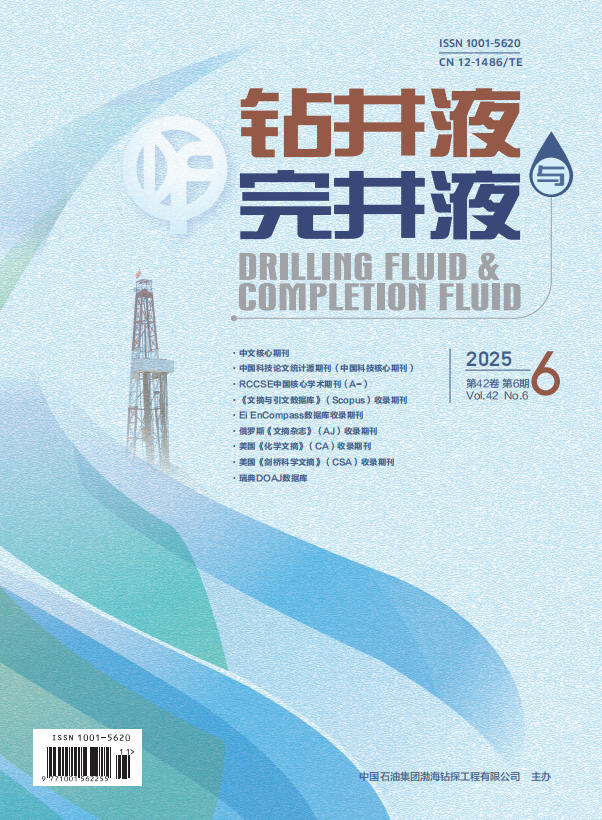2016 Vol. 33, No. 5
Display Method:
Quality Index of Water for Recycling Flowback Fluid of Guar Gum Fracturing Fluid in Shengli Oilfield
2016, 33(5): 109-113.
doi: 10.3969/j.issn.1001-5620.2016.05.023
Abstract:
Synthesis and Application of a Hydrophobically Associating Polymer Viscosifier for Fracturing Fluids
2016, 33(5): 114-118.
doi: 10.3969/j.issn.1001-5620.2016.05.024
Abstract:



